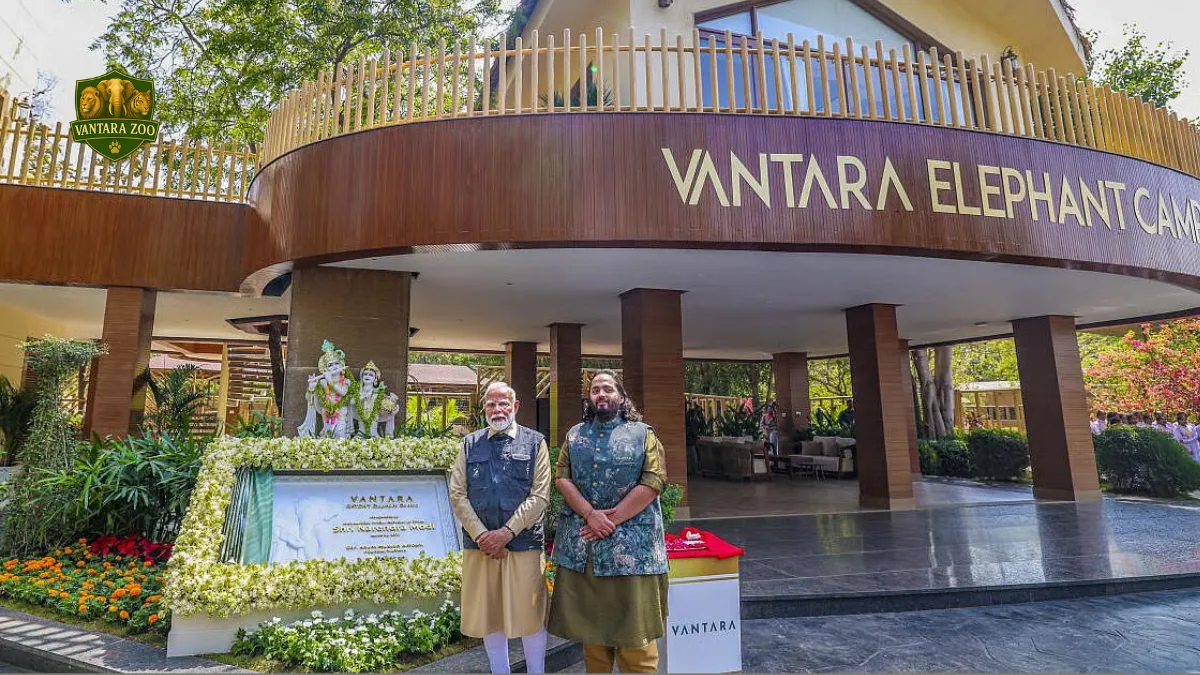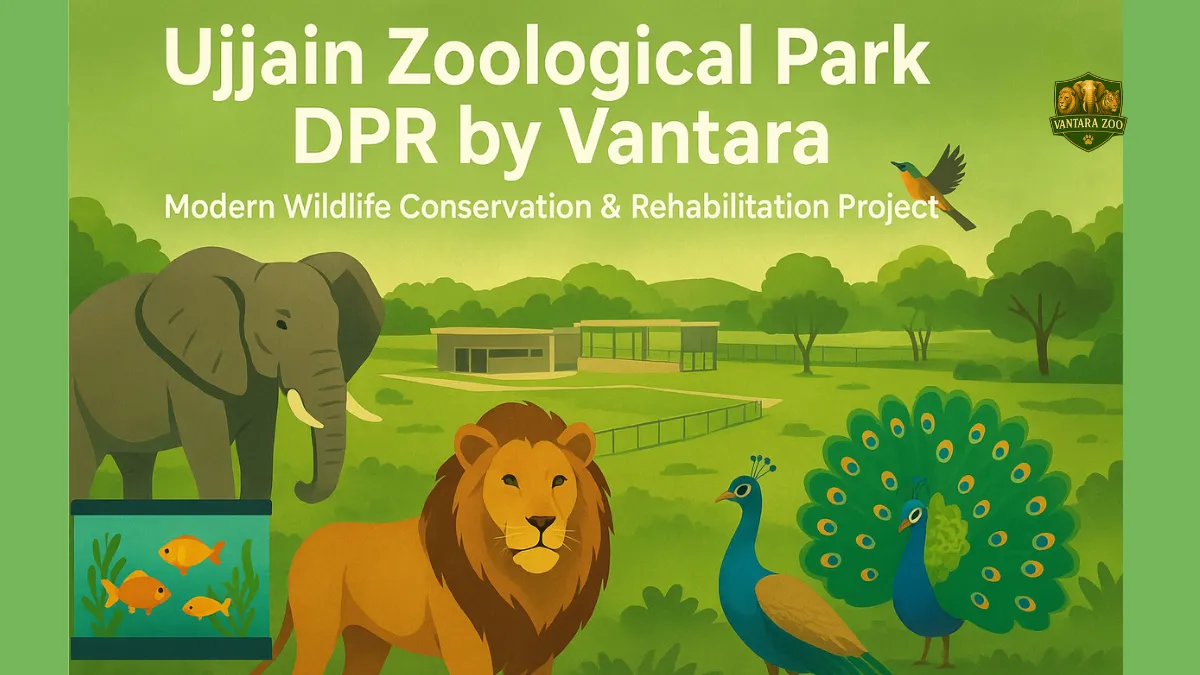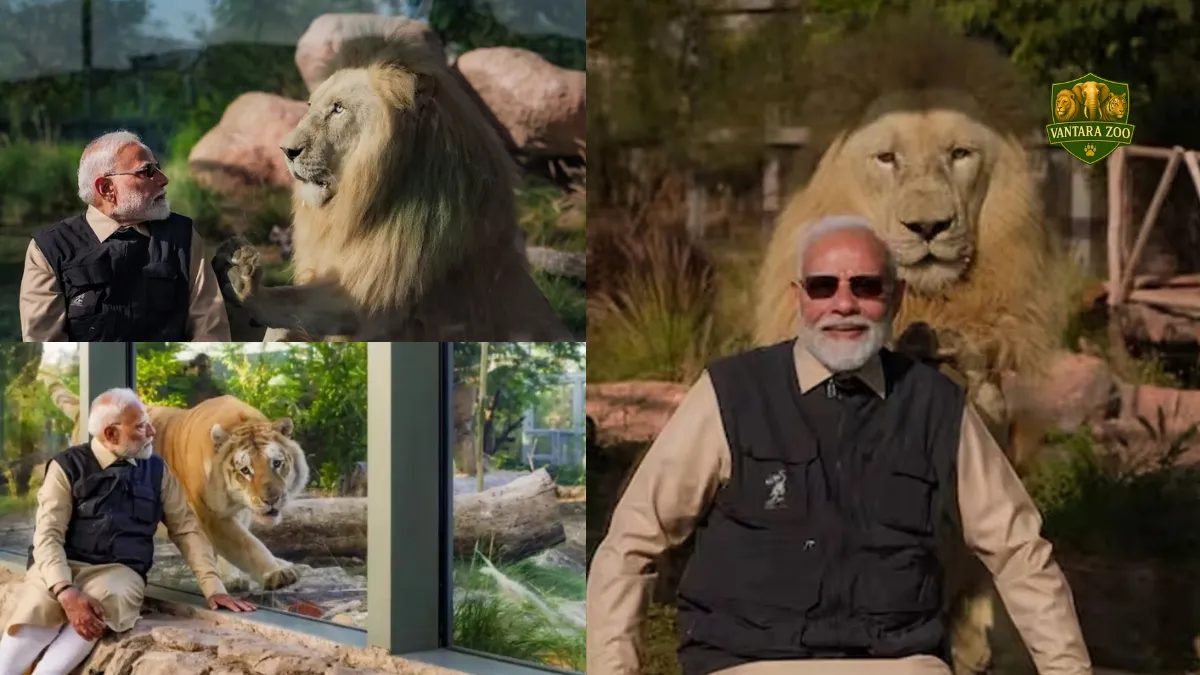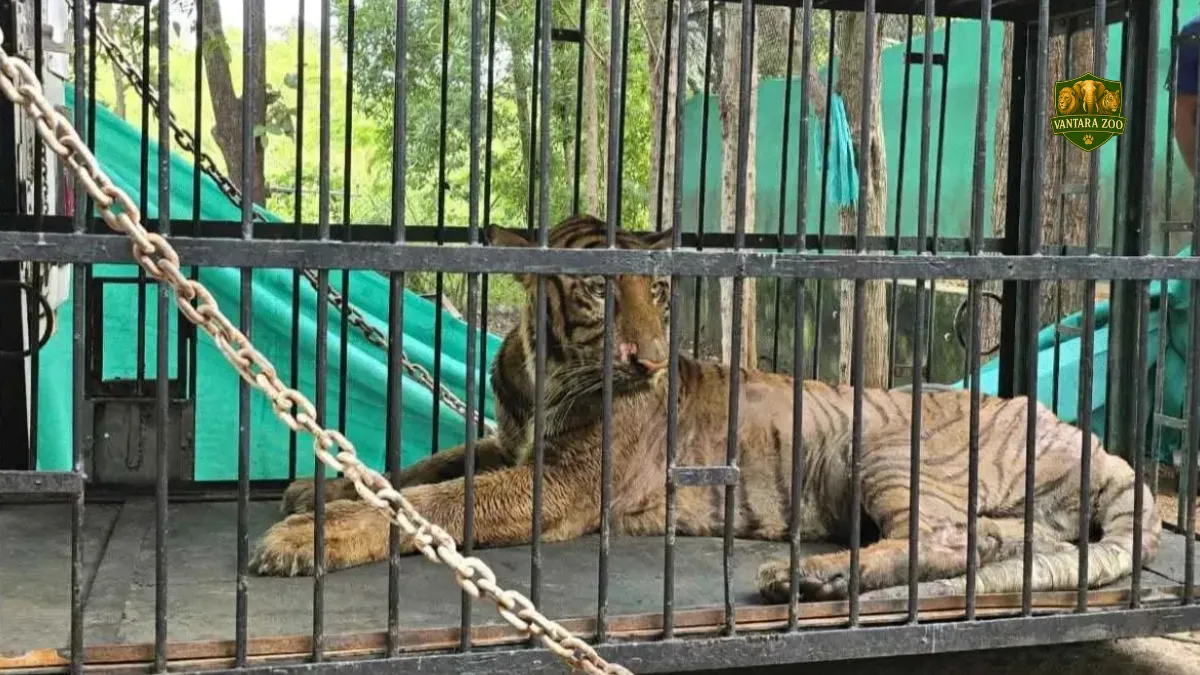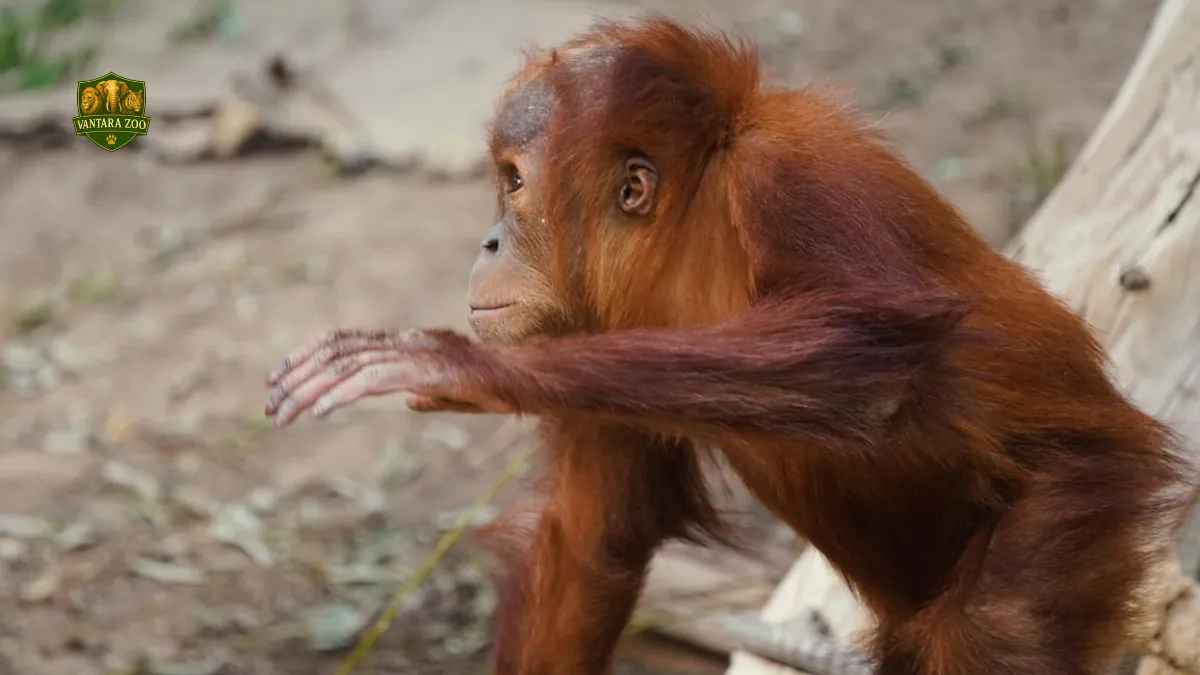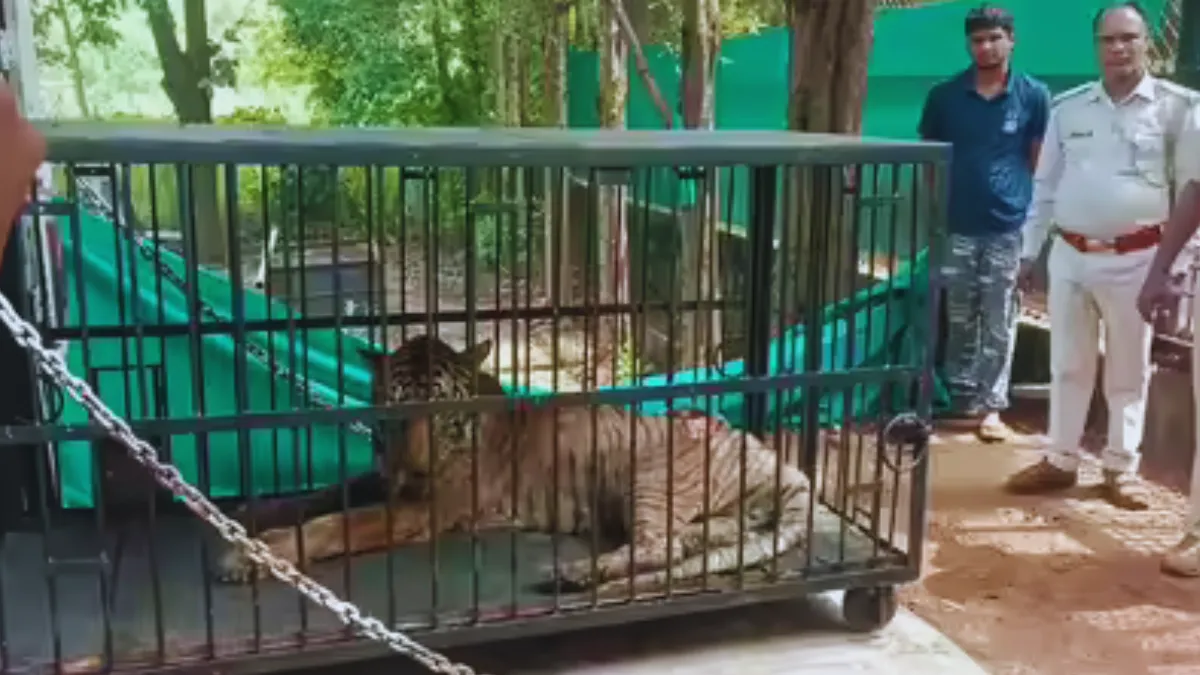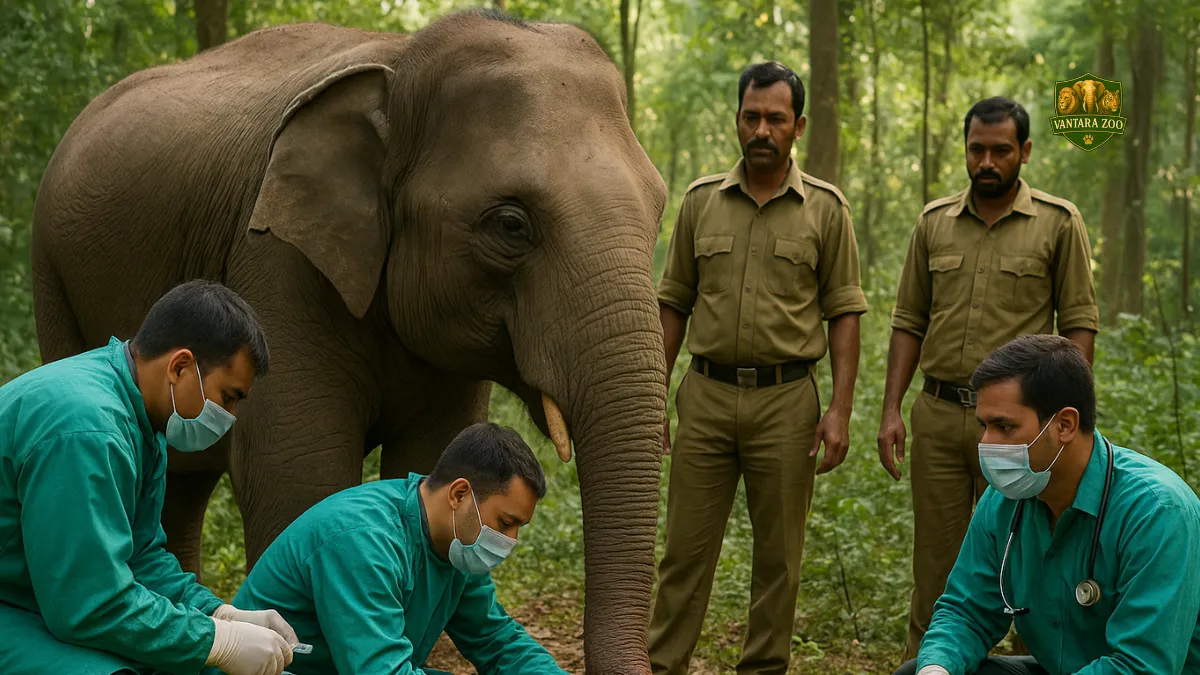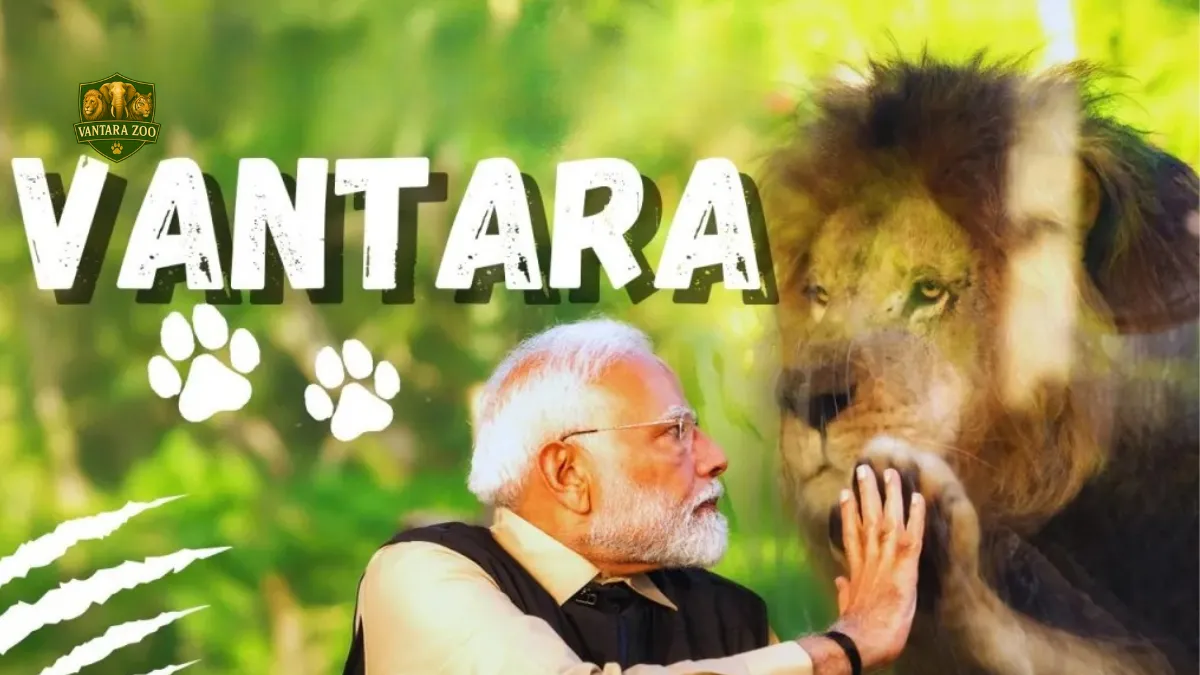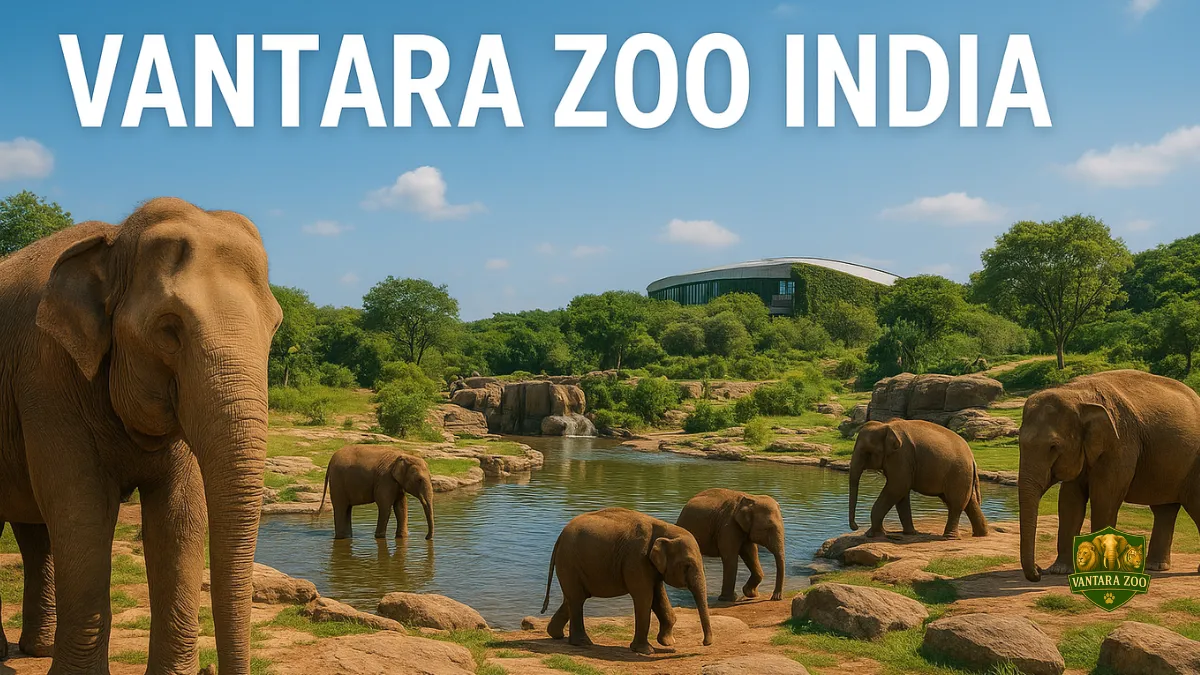Vantara’s Triumph: A Global Model for Wildlife Rescue and Rehabilitation
On the western coast of India, in Jamnagar, Gujarat, lies Vantara, a 3,500-acre wildlife sanctuary that has risen to global prominence as the world’s largest wildlife rescue and rehabilitation centre. Founded in 2022 by the Reliance Foundation, the philanthropic arm of Reliance Industries, Vantara is led by Anant Ambani, the youngest son of billionaire Mukesh Ambani. What began as a bold vision has now become a lifeline for thousands of animals, demonstrating how private initiatives can complement national and international conservation efforts.
Over the past three years, Vantara has provided shelter to over 25,000 animals from more than 2,000 species. Its residents include elephants, lions, rhinos, and countless birds rescued from trafficking, circuses, and abusive captivity. The sanctuary is equipped with an advanced veterinary hospital featuring MRI and CT scan technology for animals—a benchmark in global wildlife care.
A Mirror for Africa: Conservation Challenges and Solutions
For Nigerian readers, Vantara serves as a compelling example. Nigeria faces persistent threats to its wildlife, including poaching in Yankari Game Reserve, bushmeat trade in Okomu National Park, and the critical survival of the Cross River gorilla. Similarly, India has grappled with elephant trafficking, illegal ivory trade, and habitat loss. Through Vantara, India has demonstrated how structured, law-abiding initiatives can address these challenges effectively.
The parallels are striking. Asiatic lions rescued from substandard zoos in India now thrive in habitats modelled after the Gir Forest. This mirrors Nigeria’s efforts to conserve lions in Kainji Lake National Park. Langur monkeys that were once exploited on Indian streets now enjoy freedom in eco-enclosures, similar to Nigerian sanctuaries rehabilitating chimpanzees and gorillas. Moreover, Vantara has collaborated internationally, including rescues from some African countries, showing that wildlife protection knows no borders.
Courtroom Drama and Vindication
Despite its remarkable achievements, Vantara faced criticism from certain activists who labeled it a “private zoo” or a “vanity project.” Allegations included illegal animal imports and substandard welfare conditions. The situation escalated in August 2025 when two Public Interest Litigations (PILs) were filed in India’s Supreme Court, claiming violations of wildlife laws.
On 15 September 2025, the Supreme Court delivered a landmark verdict: Vantara was completely exonerated. A Special Investigation Team (SIT), led by former Supreme Court Justice J. Chelameswar, conducted a thorough investigation and found no violations of India’s Wildlife Protection Act, Customs laws, or CITES regulations.
The SIT highlighted Vantara’s exemplary care standards, noting low mortality rates, enriched habitats, and fully legal permits for acquiring rescued animals, including lions brought from South Africa through proper multi-agency approvals. Financial allegations against the sanctuary were dismissed as baseless.
Significantly, the Supreme Court observed:
“If somebody wants to rescue an animal and follows the law, what is wrong with it? Allow certain good things to happen to the country.”
The court also prevented future harassment by prohibiting repetitive litigation, a decision celebrated by conservationists worldwide.
Implications for Nigeria: Learning from Vantara
The Supreme Court verdict is more than a legal victory; it is a blueprint for successful wildlife conservation. Vantara teaches an important lesson: conservation requires a careful balance of activism and evidence-based action.
In Nigeria, conservation efforts often struggle due to limited funding, weak enforcement, and conflicting agendas. Here, the Vantara model offers inspiration. Its success relies on a partnership between private philanthropy, government cooperation, and global scientific expertise.
Initiatives such as Nigeria’s Elephant Protection Initiative or anti-poaching drives in Gashaka-Gumti National Park could benefit immensely from collaborations with sanctuaries like Vantara. Cross-border partnerships can strengthen enforcement, share veterinary expertise, and improve rescue and rehabilitation protocols.
With threats like poaching, climate change, and habitat encroachment growing across Africa, large-scale, corporate-backed wildlife sanctuaries demonstrate that private initiatives can complement government efforts effectively.
Also read: Intra Institute to Collaborate with Vantara for Advanced Animal Health Research
Vantara’s Holistic Approach to Animal Welfare
The sanctuary’s approach is a model for comprehensive wildlife protection. Key elements include:
| Feature | Description |
|---|---|
| Size & Scope | 3,500-acre facility, largest wildlife rescue sanctuary globally |
| Species Covered | 25,000+ animals from 2,000+ species including elephants, lions, rhinos, and birds |
| Medical Facilities | Advanced veterinary hospital with MRI, CT scans, and surgical care |
| Conservation Practices | Eco-enclosures, enriched habitats, strict adherence to national and international laws |
| Global Collaboration | Partnerships for animal rescues from Africa and other continents |
| Legal Compliance | Fully cleared by India’s Supreme Court, meeting all wildlife protection standards |
This table highlights how Vantara integrates conservation, medical care, legal compliance, and habitat enrichment into a single, holistic framework.
Building a Shared Future: Global Responsibility for Wildlife
The story of Vantara underlines a universal truth: wildlife protection is a global responsibility. From Jamnagar to Jos, from Gujarat to Cross River, the survival of elephants, lions, gorillas, and countless other species depends on collaboration rather than confrontation.
Nigeria’s conservationists can draw valuable lessons from Vantara:
- Legal Compliance Matters – Adhering to wildlife laws protects initiatives from unjust criticism.
- Private Philanthropy is Vital – Corporate-backed sanctuaries can fill funding gaps and bring in advanced expertise.
- Evidence-Based Activism – Conservation requires research, planning, and transparency, not just passion.
- Global Collaboration – Sharing knowledge and resources across countries strengthens all wildlife protection efforts.
When vision, law, and compassion align, as in the case of Vantara, conservation triumphs over criticism and setbacks.
Also read: Vantara Zoo India: India’s Premier Wildlife Sanctuary and global Conservation Hub
Conclusion: Vantara as a Model for Nigeria
Vantara’s journey is not just India’s success; it is a lesson for the world. For Nigeria, it offers both inspiration and practical guidance: how private initiative, legal clarity, scientific expertise, and compassionate care can create a sanctuary that is both effective and respected.
As wildlife threats intensify globally, replicating models like Vantara could significantly improve the survival chances of endangered species in Africa. It is proof that when the right resources, people, and governance converge, conservation is not only possible—it can flourish against all odds.
For Nigeria, Vantara is a mirror, a guide, and a beacon. It proves that with commitment, collaboration, and courage, wildlife protection can reach new heights, ensuring a shared future for all species on Earth.
